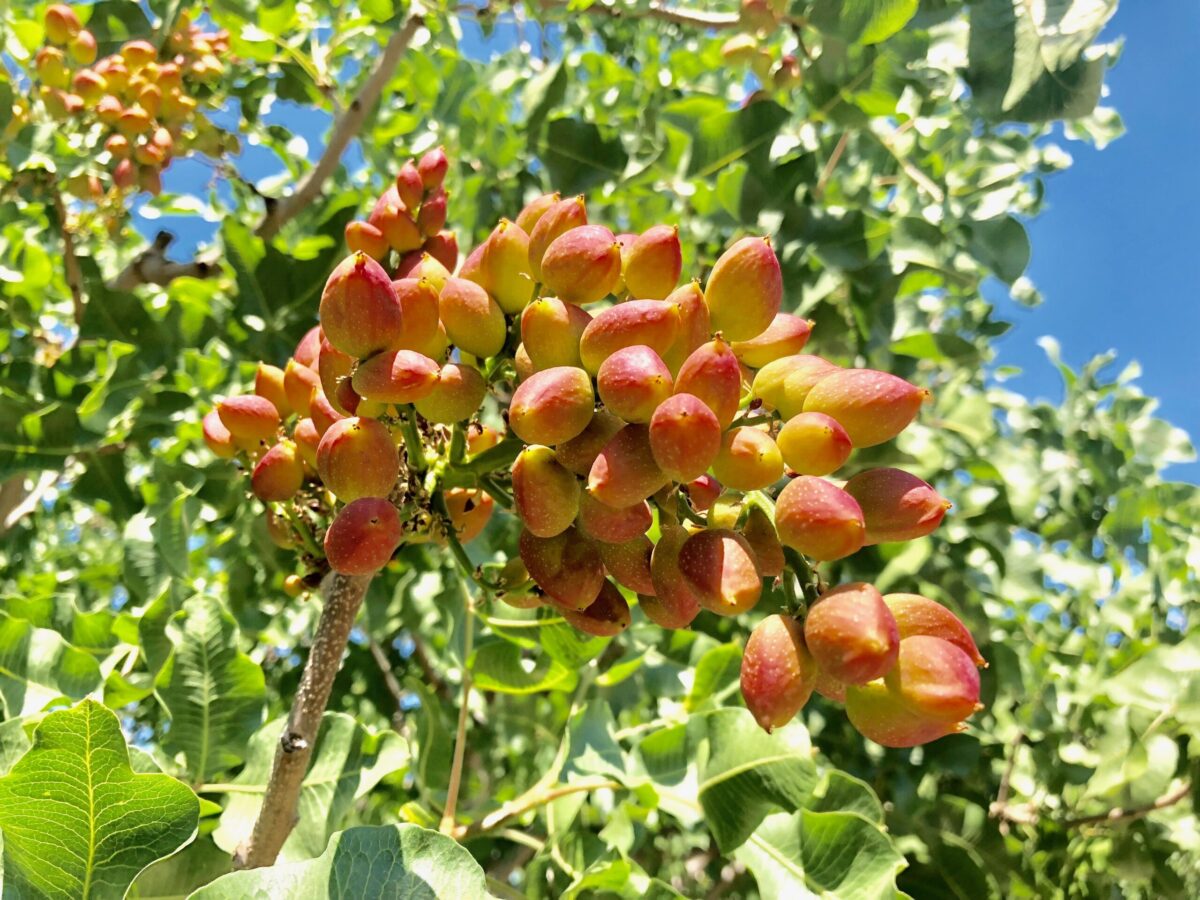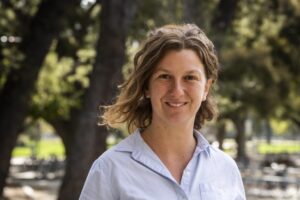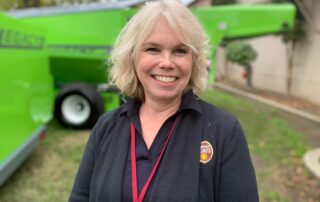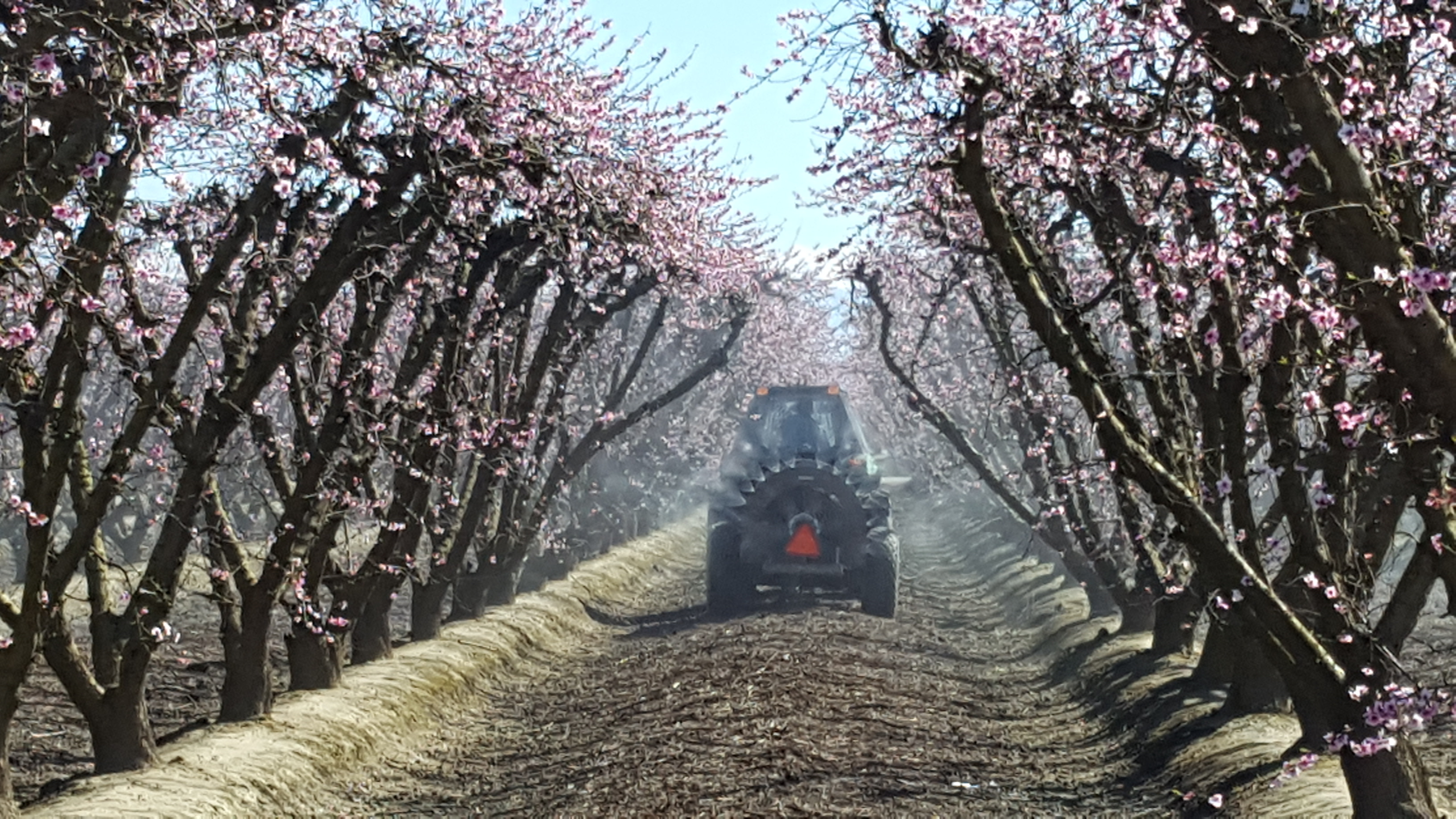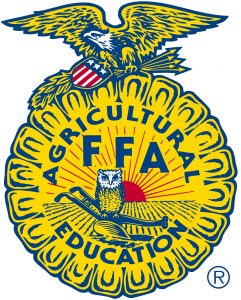New UCANR Extension Specialist Coming
UC ANR to recruit 16 new UC Cooperative Extension Specialists
By Pam Kan-Rice, UCANR Assistant Director, News and Information Outreach
University of California Agriculture and Natural Resources will be recruiting 16 new UC Cooperative Extension Specialists over the next 12 months. This is in addition to the five UCCE Specialist positions released for recruitment last fall and two co-funded UCCE Specialist positions since May 2021 – one in partnership with UC Merced and another with UC Davis School of Veterinary Medicine.
To date, 106 UCCE Specialist and Advisor positions have been released since spring 2021, thanks to increased 2021-22 state funding. The positions are located in communities across California.
“We are positioned to make an even bigger difference in the lives of Californians by having so many more boots on the ground,” said Glenda Humiston, UC vice president for agriculture and natural resources.
UCCE Specialists perform research on campus with other campus-based academics and in the field with UCCE Advisors, who work directly with farmers, families and other Californians.
Currently UC ANR has UCCE Specialists located on six campuses – UC Berkeley, UC Davis, UC Riverside, UC Santa Barbara, UC Santa Cruz and UC Merced – at UC ANR’s research and extension centers and in county offices.
“We are excited to strengthen partnerships with additional UC campuses by placing UCCE Specialists at UC Irvine and UCLA for the first time,” Humiston said. “We are also adding a position in UC Berkeley’s School of Public Health.”
The new UC Cooperative Extension Specialist positions are listed below:
- Agricultural Toxicology Specialist, UC Davis School of Veterinary Medicine Molecular Biosciences and CAES Department of Environmental Toxicology
- Agroecology Specialist, UC Santa Cruz Center for Agroecology and Department of Environmental Studies
- Climate Resilience and Labor Specialist, UC Berkeley School of Public Health
- Dairy Cattle Production Health and Management Economics Specialist, UC Davis School of Veterinary Medicine Teaching & Research (located in Tulare County)
- Diseases of Nursery Greenhouse and Native Crops Specialist, UC Davis Department of Plant Pathology
- Economics of Diversity and Equity Specialist, UC Berkeley Department of Agricultural & Resource Economics
- Economics of Food Supply Chains Specialist, UC Davis Department of Agricultural and Resource Economics
- Engineered Wood Products and Design Specialist, UC Berkeley Department of Environmental Science, Policy and Management
- Food Crop Safety Specialist, UC Riverside Department of Microbiology and Plant Pathology
- Nutrition and Health Equity Specialist, UC Davis CAES Department of Nutrition
- Regenerative Agriculture Specialist, UC Merced Department of Life and Environmental Sciences
- Soil Health Specialist, UC Davis Department of Land, Air and Water Resources
- Subtropical Fruit Crop IPM Specialist, UC Riverside Department of Entomology
- Urban Water Quality, Health and Justice Specialist, UC Irvine Department of Civil and Environment Engineering
- Water Equity and Adaptation Policy Specialist, UCLA Luskin Center for Innovation
- Weed Science Specialist, UC Riverside CNAS Department of Botany and Plant Sciences
The full list of UCCE positions released is posted on the 2021-22 Release of UCCE Positions web page. More about the process is available on the 2021 Call for Positions web page.
All UC ANR jobs open for recruitment can be found at https://ucanr.edu/About/Jobs.


